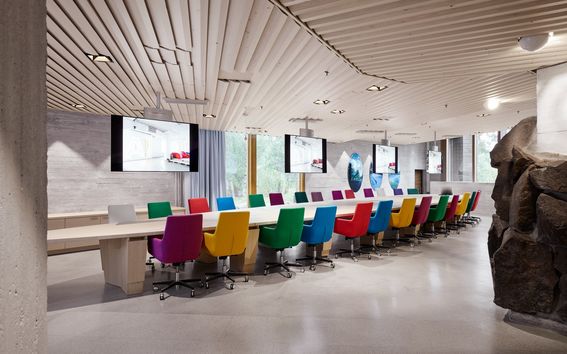Software Defined Networking

Data traffic in mobile networks is growing fast due to video streaming and other services that end users are adapting to their daily routines. Facebook, Twitter, and desire to “stay always connected” among hundreds of new applications launched every day around the world are exploding data consumption. This is exciting from end user point of view. However, it positions mobile operators and network infrastructure providers in a fierce environment, where quality of experience and cost matter the most. How to offer the best end user experience and provide the required capacity and adaptation to unpredictable needs of new applications at the right cost to ensure sustainable business growth?
A virtualized mobile LTE network together with the mobile backhaul deployed with the Software Defined Networks (SDN) would be able to provide the required elasticity to match available resources to the traffic demand. This is increasingly important as data consumption is exploding and mobile operators are facing the challenge of offering the best experience for their customer while ensuring there is enough network capacity and flexibility to cost-efficiently adapt to unpredictable requirements. A SDN based mobile backhaul network benefits from economies of scale in hardware and allows easy deployment of new services and easy adaption to the needs of unpredictable new applications and emerging user needs.
In a virtualized mobile LTE network, the transport and mobile core networks could be managed from the cloud that maintain a global view of the network. The SDN network structure is simple. The backhaul network is made of standard switches and all control software runs on generic datacentres As a result, the LTE base stations would be the only remaining mobile network specific components while the rest of the hardware would be generic, tailored to mobile needs by software.






